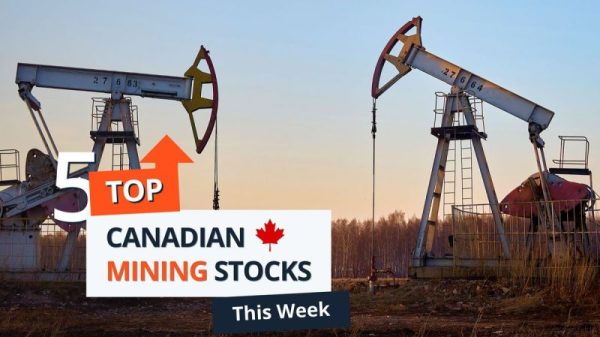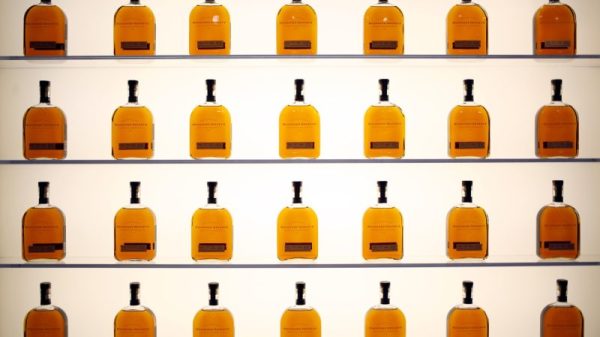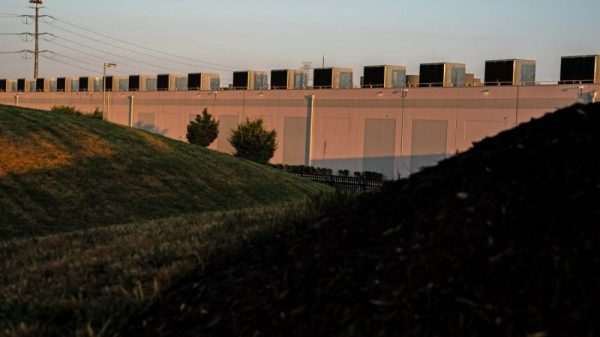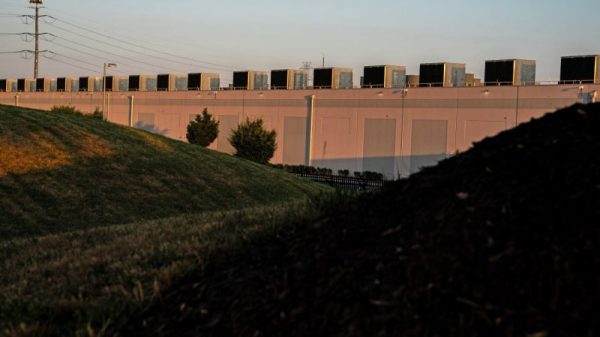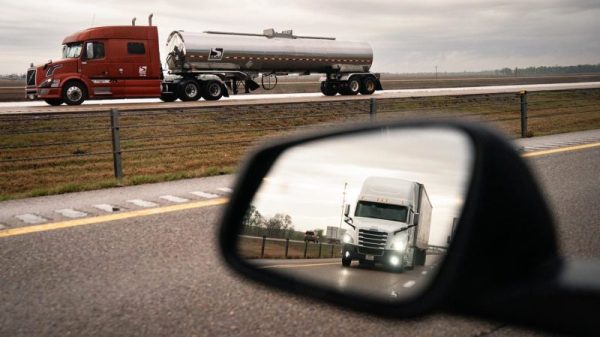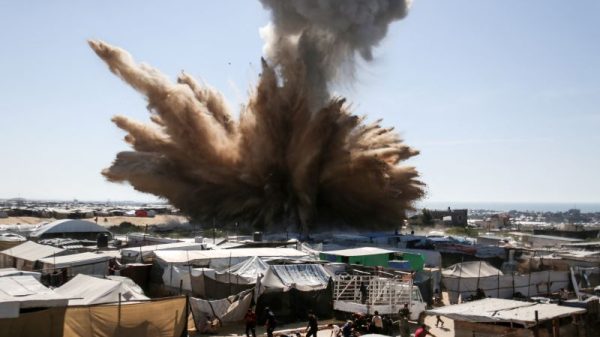As the new year approaches, you might be thinking about buying a bottle of champagne to ring it in with a celebratory “pop.” But the climate crisis could ruin the party, new data suggests.
By 2050, these popular grape varieties may cease to exist, ClimateAi says. Using hundreds of global climate models, satellite data and field data, ClimateAi researchers are able to forecast the future of grapes used to make champagne and sparkling wine around the world.
A study published in 2020 warned that the number of regions currently growing wine grapes will shrink by more than half if global temperatures rise by 2 degrees Celsius above pre-industrial levels. The world will breach that threshold this century if deeper, sustained cuts to carbon pollution aren’t made soon, according to the UN Environment Programme. At 4 degrees of warming, up to 85% of these lands would no longer be viable to produce a decent drop.
“If we think about champagne specifically, it’s a very unique beverage,” said Will Kletter, vice president of operations and strategy at ClimateAi. “It requires warm, sunny days for robust flavor and cool nights to build up that acidity, which gives it that kind of crisp, refreshing taste that that we love.”
He added: “But as the climate warms, those warm sunny days can get maybe a bit too warm, and those cool nights go away.”
Global wine production in 2023 was at its lowest in 60 years. A lot of that decline was because of extreme weather events, many of which have been worsened by climate change, according to an annual wine production report by the International Organization of Vine and Wine (OIV), published in November. Italy dropped from its position as the world’s leading wine maker due to several adverse weather events, including erratic rainfall that triggered downy mildew, as well as floods, hailstorms and drought, the report said.
At the pace at which the planet is warming, Kletter said wine growers need to start learning how to adapt — and potentially keep an eye out for viable, cooler locations further north — to keep the industry alive and growing.
In France’s Champagne region, wine growers in 2021 saw their smallest harvest since 1957 due to extreme weather events, from extreme heat to early frosting, as well as heavy rainfall, according to a Reuters report. This cost France a total of roughly $2 billion in sales, the report said.
But France has had a decent production year in 2023, producing well in the north, including in Champagne, the OIV report said, even though some vineyards in the south were hit with downy mildew, heat waves and drought.
How wineries are adapting
Dave and Lois Cho moved from California to Oregon’s Willamette Valley to start a winery in 2020, a particularly challenging year as the western US faced a historic, multi-year drought that triggered unprecedented water shortages and land-scarring wildfires.
They were determined to find a site with high elevation. That’s because a vineyard higher up will be cooler and receive more rain. It also means that grapes won’t ripen too early, as they do in the heat, allowing for more flavor and acidity to develop.
The wine industry uses a metric called growing degree days to measure how much heat is accumulating through the growing season and helps determine the speed at which grapes redeveloping. The Chos say the number of those “days” are rising, which accelerates the grapes’ ripening and pushes harvest seasons earlier.
As the West gets hotter and drier, many US wine producers like the Chos see Oregon’s Willamette Valley — roughly a nine-hour drive north of the famous wine-growing Napa Valley in California — as the country’s next major wine region.
“It’s like a moving train. If you’re trying to jump on a moving train, it’s really difficult,” Lois Cho said. “But in Oregon, it’s like we’re laying down the tracks, because there’s a lot of undeveloped land and untapped resources.”
Opportunity for new flavor
One of the questions for the wine industry now is whether traditional wine growers are willing to shift away from their regions and adopt new winemaking processes. ClimateAi’s Kletter said major wine producers need to consider whether there are emerging areas and opportunities to develop new vineyards and new flavors.
“That’s the wine adaptation playbook,” said Kletter, who once lived in France and is a huge sparkling wine fan. “I think this is actually an exciting opportunity for businesses and potentially consumers to get access to tasty wines that they may have never experienced before.”
But that’s challenging for regions like Bordeaux and Champagne in France, which are bound to their territories. By law, to be considered authentic “champagne,” the wine must come from the Champagne region. That’s why in other countries, including the US, similar drinks are called “sparkling wine.”
But for the Chos, their move to Oregon has inspired experimentation. In 2022, they co-fermented their grapes with apples to create a new flavor to their sparkling wine. It’s become quite a popular product among their 2022 wines, Lois Cho said.
“You can’t live in fear,” Dave Cho said. “There’s an opportunity for us to be creative.”





